“Learning experience design is the process of creating learning experiences that enable the learner to achieve the desired learning outcome in a human centered and goal oriented way.”
Blanca Baumann augments the description above when she writes that: “designers focus on the learner journey and ensure that it is enjoyable, engaging, relevant and informative.”
For years, I’ve taught that we need to replace the term “training” programs with “learning” programs, so it is clear that the program is about the learner and what the learner needs, not about the trainer. I’ve just been introduced to the term “learning experience design.” I love the idea that we are designing a learning experience rather than simply designing curriculum.
A lot of the information about learning experience design indicates that it applies to online learning. But there is no reason why it can’t also apply to classroom learning. Accelerated learning programs are designed around a metaphor, centered on the learner, and encourage whole body learning to create a goal-oriented and positive learning experience. Well-designed participatory learning programs are learner-centered and goal-oriented in a way that is enjoyable, engaging, relevant and informative.
Andre Plaut has identified five Elements of Learning Experience Design. These Elements loosely correlate with the ADDIE curriculum design model (Analysis, Design, Development, Implementation and Evaluation).
Strategy identifies the needs and goals of both the learners and their organization. This is where performance gaps are determined and specific, observable and measurable learning objectives are established. This corresponds to the Analysis stage of the ADDIE model.
Requirements define exactly what is needed, from content to logistics, in order to achieve the strategic objectives. Content includes the key metrics that represent success, the core behaviors that will accomplish those metrics, and the assessment criteria. Logistics include facilities, personnel, materials, audiovisuals, and pre and post course support. This corresponds to the Design stage.
Structure establishes the flow of the learning experience by putting together the program requirements in a way that suits the learner best. This flow begins with an understanding of how different topics relate to one another in the learner’s mind, moves to the order in which they usually occur, and leads to a recognition of which knowledge or skill builds upon each other. Structure also includes assessment and the choice of a learning environment conducive to the type of experience being designed (elearning or classroom, short-term vs. long-term, facilitated vs. self-directed, etc.) This corresponds to the Development stage.
Interaction defines the way learners actually experience the content, including activities, lectures, and assessment. This is the instructional design piece, with a strong emphasis on opportunities for practice and application. This corresponds to the Implementation and Evaluation stages.
Sensory sets the look and feel of the learning experience, including all materials and instructions designed for the program, including presentation decks, guides, lesson plans, worksheets, activity materials, etc. There is an emphasis on polished, well-designed materials and clear communication. This corresponds to the Development stage.
Don’t all of these elements ring true for well-designed participatory learning programs? The curriculum design process I teach has always been intended to create a positive learning experience for participants. I think that, in the future, I’m going to start referring to learning experience design instead of curriculum design.
May your learning be sweet.
Deborah





